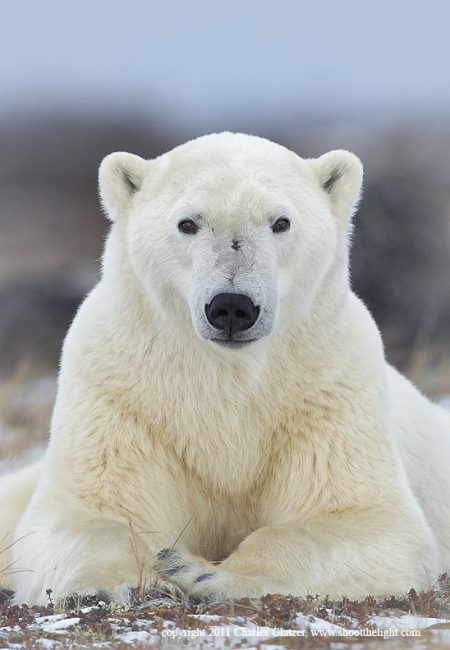PFAS or per- and polyfluorinated substances are everywhere, in rivers, the ocean and they have even made their way to the most remote places like the arctic. Polar bears show similar PFAS levels as people working at a PFAS production plant. The problem: PFAS are man-made chemicals that stay in the environment and our body for years and they can have negative effects on our and the polar bears’ health.
Our guest, Dr Heli Routti, from the Norwegian Polar Institute in Tromsø, studies PFAS in arctic wildlife. Cat talks with her about how PFAS made it to such remote places, what PFAS does to arctic wildlife and about the challenge of working with dangerous wildlife.

Listen in to the interview!
Liked this episode?
Follow us on Twitter @BoilingPointFM Facebook and Instagram.